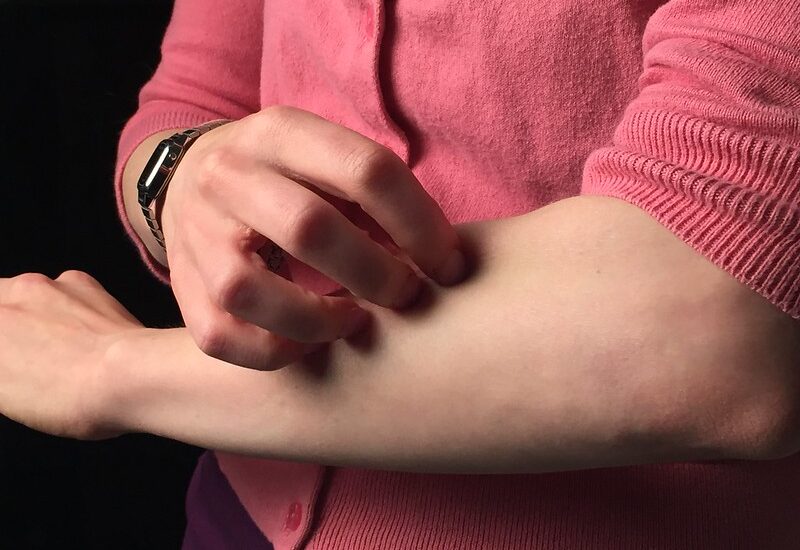If you’re struggling with itchy skin after Efudex usage, this article will offer you detailed guidance on how to manage and alleviate this uncomfortable symptom.

Table of Contents
Understanding Why You Get Itchy Skin After Efudex Usage
Efudex is the brand name for fluorouracil, a topical chemotherapy medication that is primarily used to treat skin conditions like actinic keratosis and basal cell carcinoma. The medication works by targeting and disrupting the growth of abnormal skin cells. While this is beneficial for treating the conditions it is designed for, it can lead to side effects, one of which is itching.
Itching occurs because the medication can cause irritation and inflammation as it works to eliminate the abnormal skin cells. Drugs.com lists dry, rough, or scaly skin as a side effect that a substantial number of users have reported. Essentially, the medication causes your skin to react, and one of the ways the skin communicates discomfort is through itchiness.
Symptoms to Watch For
Itchy skin after Efudex usage is often accompanied by other skin symptoms. These can include redness, burning sensations, scaling, or localized pain. In many cases, these symptoms are a normal part of the skin’s reaction to Efudex.
However, severe or prolonged symptoms can be a sign that something is not right. For example, if redness spreads beyond the area of application or if you start to see signs of an infection like pus or increased swelling, it’s time to consult your healthcare provider. These could be indicators that your treatment plan needs to be adjusted or that you may require additional medical intervention.
How to Stop Itchy Skin After Efudex Usage
If you are dealing with itchy skin after using Efudex, there are several approaches you can take to find relief:
Over-the-counter Creams
Over-the-counter hydrocortisone creams can be an immediate source of relief. They work by reducing inflammation and itching. The cream should be applied in a thin layer over the itchy area.
Make sure to follow the instructions provided on the product packaging or by your healthcare provider. The Mayo Clinic offers an excellent guide on how to use these creams properly.
Check out the Cortizone-10 Maximum Strength Anti-Itch Cream with Soothing Aloe listed on Amazon.
Antihistamines
Oral antihistamines like Benadryl can be effective in reducing itching. However, they can cause drowsiness and other side effects, so it’s essential to consult your healthcare provider before using these medications, especially if you are already taking other forms of medication.
Cool Compress
A simple yet effective immediate relief method is to apply a cool, damp cloth to the itchy area. The cold can help numb the skin temporarily and reduce itching.
Check out these other articles…
Care for Skin After Efudex Treatment: A Comprehensive Guide
What to Put on Skin After Efudex Treatment: Your Easy Guide
When to Seek Medical Help
If your itching is persistent, severe, or accompanied by signs of infection like pus or swelling, it’s crucial to consult your healthcare provider. They can perform a thorough evaluation and may recommend a targeted treatment plan, which could include stopping the Efudex treatment or altering the dosage. In some cases, additional tests might be needed to rule out other causes of the symptoms.

